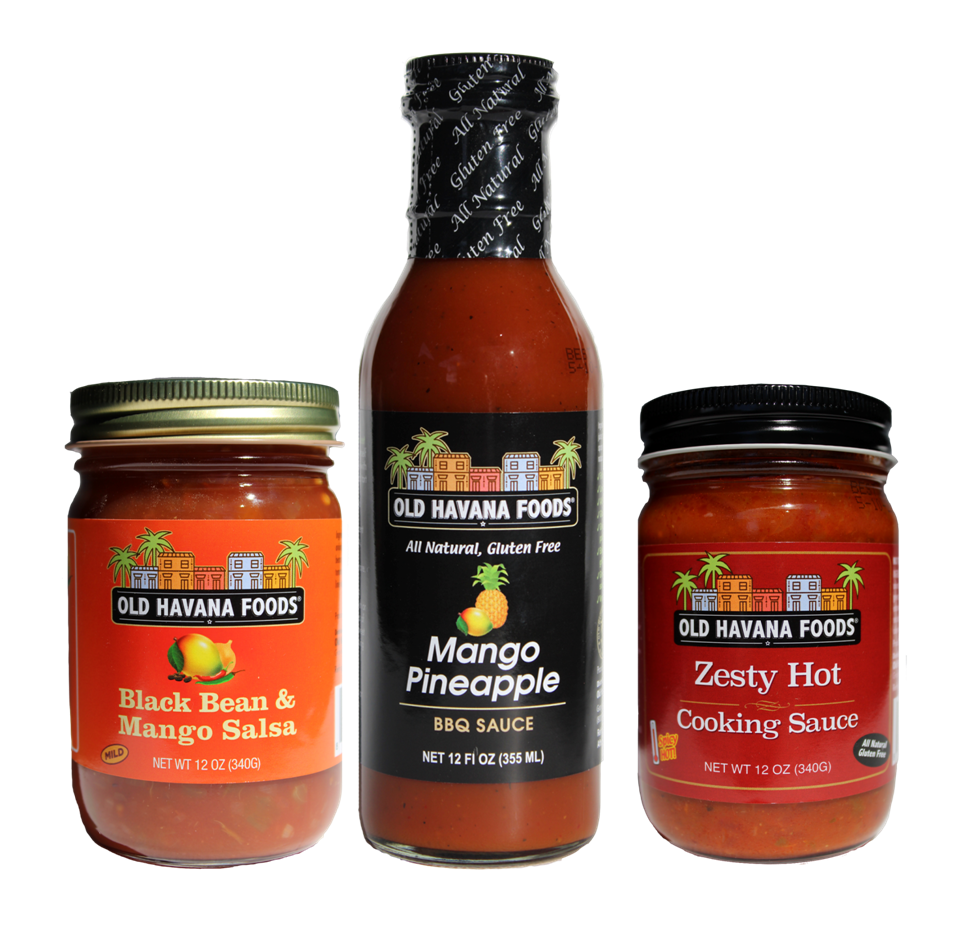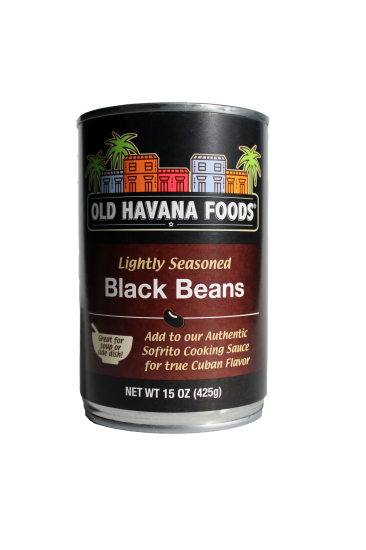
They’re like potato chips, but tastier! In some cafes, fried plantain is served as an appetiser or as a side dish instead of chips. In Cuba, mariquitas is also a term used for one of the country’s favourite snacks: fried plantain.

Mariquitasĭon’t worry, they’re not ladybirds. These are pork cracklings sold in paper cones. Always carry some change and small notes (you’ll be paying between 1-2 CUC for most street food). Street food vendors can be found in many tourist hotspots, including Plaza Vieja and the Capitolio. However, many places add a 10% service charge to the bill, so in that case you should not feel obliged to tip. The standard tip at restaurants is 10% of your bill. Make sure you always carry coins and small notes where you go in Cuba: you’ll be tipping almost everyone from musicians to the toilet attendant. All of the places mentioned in this blog post are paladares. Thus, most of the small restaurants in Havana are privately-owned. Normally, private restaurants are quite small compared to state-run ones due to the seating restrictions imposed by the government. Paladares tend to be superior to state-run restaurants in terms of food quality and service. The country’s economic reform in the last few years has led to a wave of private restaurants and Havana is now home to several paladares with their own unique character. You can find two types of restaurants in Cuba: state-owned and private (known as paladares). In this Havana food guide, I share a list of must-try street food, local dishes and refreshing drinks, plus some things you need to know about eating out in the city. We spent a week in Havana, which means we had enough time to immerse ourselves in the local cuisine. On our third day in the city, I started to wonder why people often complain about the food in Cuba. Thanks to my Havana guidebook, we discovered some new cafes close to our hotel, as well as some lovely places in old Havana. Photo by Daniela Frendo.Īfter spending a week at an all-inclusive resort in Varadero, where we dined like kings every day, Douglas and I were not sure what to expect in Havana.



Moreover, I wanted to find out whether the stories about Cuban food were true. While we did enjoy a couple of lovely meals at the NH Capri, my husband and I wanted to try a different cafe every day. However, I was not willing to have lunch and dinner at our hotel every single day, either. Since I suffer from IBS, I was a bit worried about eating out in Havana. A lot of them complained about bland dishes and a lack of variety on menus, and said they loved everything about Havana except the city’s food scene (or lack thereof). Before visiting Cuba, I had come across many travellers who spoke unfavourably about Cuban food.


 0 kommentar(er)
0 kommentar(er)
